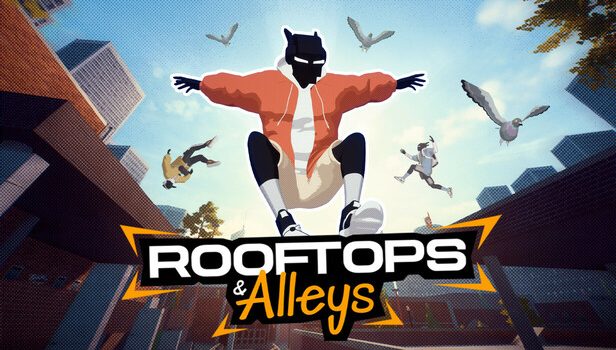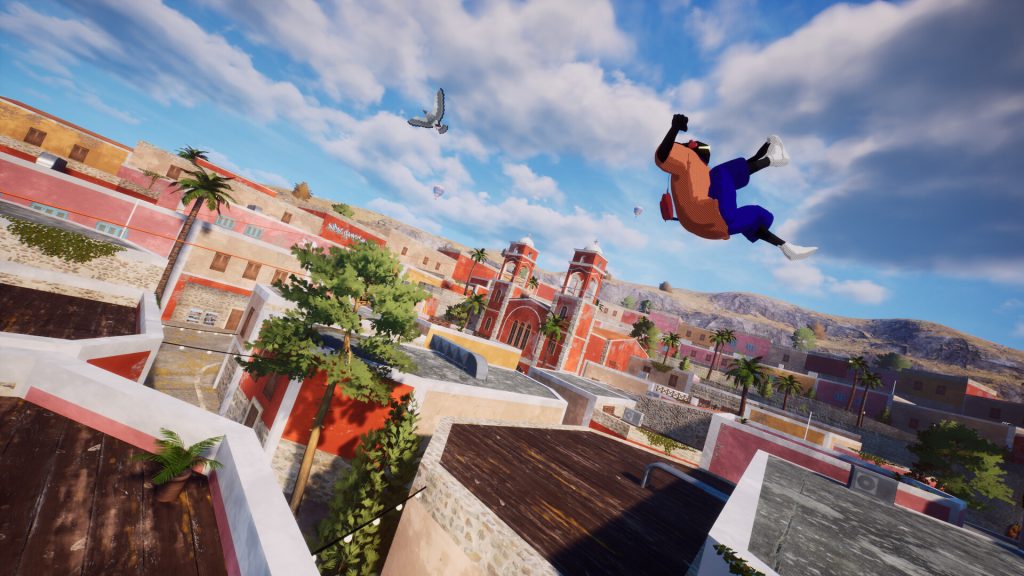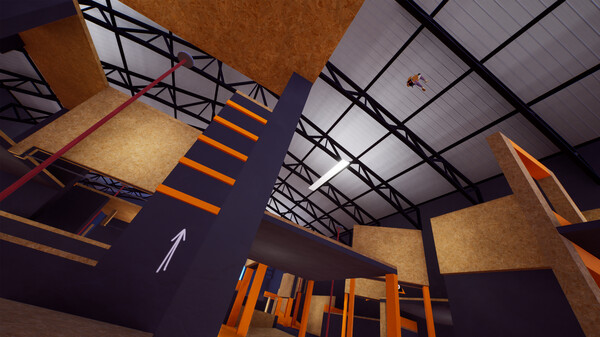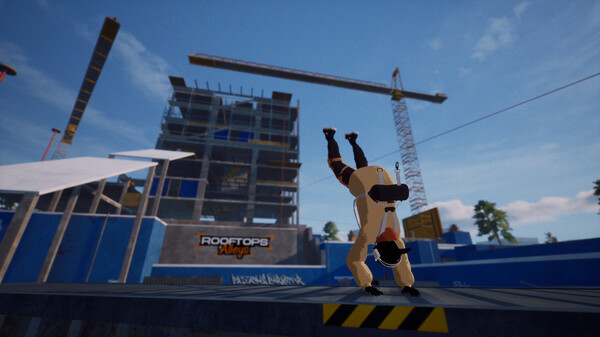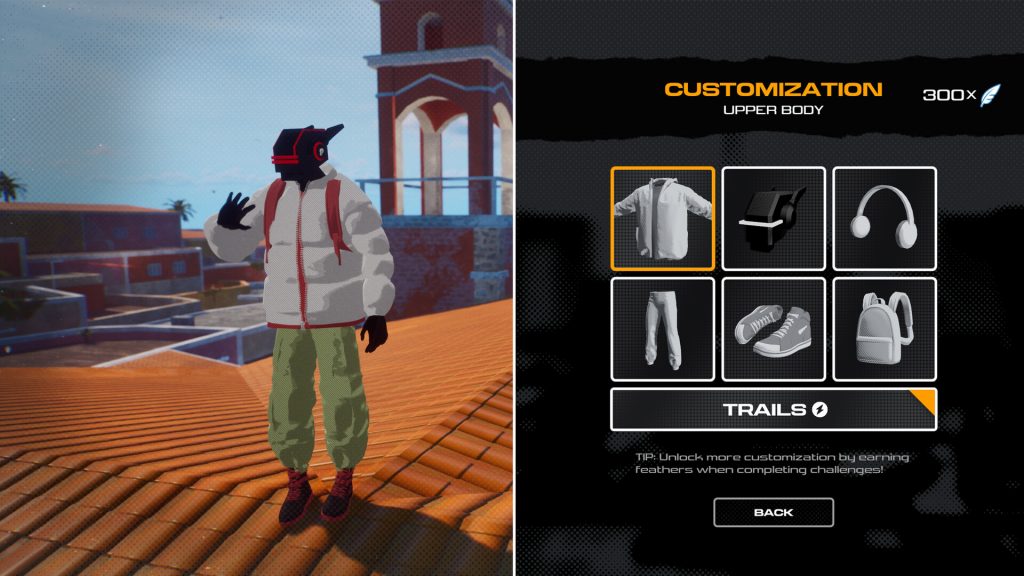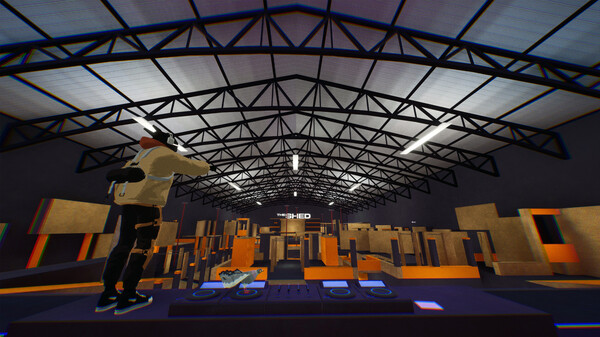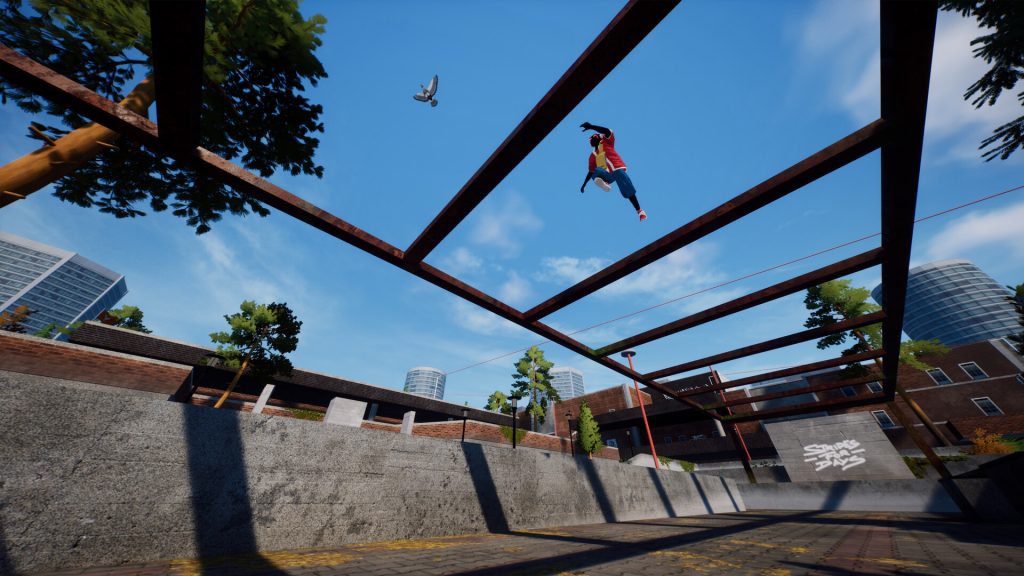Rooftops & Alleys: The Parkour Game Review (PS5)
Summary: Rooftops & Alleys: The Parkour Game is a rare example of a focused vision executed with precision. It understands the appeal of movement not just as a means of traversal, but as a form of expression. It’s fluid, skillful, and deeply rewarding. While there’s room for growth in content and social features, what’s here already delivers an impressive foundation for the genre. With its complex moveset, robust customization, and adrenaline-fueled design, it simulates parkour perfectly and captures its spirit.
4.3
Parkour Poetry
What Skate did for skating, this does for parkour. Rooftops & Alleys: The Parkour Game, developed and published by MLMEDIA, is a solo-developed title that aims to deliver a mechanically rich and authentic parkour and freerunning experience. Launching June 17th, 2025, for PS5, Xbox Series X/S, Nintendo Switch, and PC, the game emphasizes player control, skill progression, and creative expression across both singleplayer and multiplayer formats. It stands out as a rare and focused title in a niche subgenre, offering both freedom and structure for players who want to challenge their timing, reflexes, and creativity.
Rooftops & Alleys has a detailed and demanding movement system. Beyond the foundational actions like sprinting, jumping, and rolling, the game invites you to develop fluency in a broader vocabulary of parkour and tricking techniques: vaulting, climbing, wall running, sliding, zip lining, and precision jumping. These mechanics are all interconnected, and mastery requires deliberate input. Each movement demands a specific combination of buttons, directional stick inputs, and timing. Holding, releasing, or tapping a button at the wrong moment can break your flow, while correctly executing a string of moves results in a satisfying sense of physicality and motion.
Tricking plays a crucial role in the game’s identity. You can perform advanced tricks such as vortex flips, death dives, frontflips, wall flips, and more. Besides it simply being fun pulling off these aesthetic flourishes, tricking also contributes to the scoring system and can be chained together in creative ways. The system allows for high levels of expression. You can, for instance, initiate a cartwheel that transitions into a back handspring and conclude with an airwalk backflip, or link a roll off a rooftop into a standing flip and a wall run exit. It is not only about doing tricks, but also about doing them smoothly and in sequence. Like classic skating games, holding a trick too long can lead to a bail, which breaks your combo and forfeits potential score gains. This layer of risk creates a constant tension between creativity and control.
The comparison to games like Tony Hawk’s Pro Skater, Mirror’s Edge, Skate, and even Assassin’s Creed is appropriate. All of these titles prioritize movement as their central mechanic, but Rooftops & Alleys sets itself apart by combining technical trick inputs with the fluid traversal of real-world parkour. It channels the fun and expressiveness of freerunning while preserving the mechanical rigor that makes every success feel earned. The result is a gameplay loop that is deeply satisfying, especially for players who enjoy a challenge.
The slow motion button is a fun and useful feature. With the press of a button, time slows, allowing you to better plan and visualize trick sequences or admire your character’s execution in midair. It also acts as a functional tool in more technical sections of play, helping you read your timing for precision landings or complex route choices. In a game so reliant on timing and movement rhythm, slow motion is a natural extension of the gameplay language and gives you room to refine your style and analyze your flow.
There are six maps included: Steel Yard, Construction Site, Sunset Paradise, School District, The Shed, and Container Ship. Each map offers unique layouts and challenges, with vertical scale and environmental diversity that encourage exploration and experimentation. From industrial zones filled with beams and scaffolding to urban areas with rooftops and alleyways, the variety supports different playstyles and learning curves. While the maps are well-constructed, the overall quantity does feel limited. A more fantastical or surreal level, perhaps something cloud-based or abstract, could enhance the creative potential without necessarily compromising the grounded aesthetic, provided it’s implemented with care.
Rooftops & Alleys provides a strong solo experience through Free Roam, Time Trials, and Trick Challenges. These modes allow players to focus on improving their routes, trick execution, and efficiency. Each challenge is tied to a medal system (bronze, silver, and gold), which in turn unlocks customization items. Customization is handled nicely. Over 100 unlockable items let you create a personalized visual identity, and nearly every piece of gear can be recolored. The items range from grounded urban wear to more creative choices, but the visual tone remains cohesive with the game’s realistic art direction. Customization is not purely cosmetic either; it serves as a reflection of a player’s skill and time investment, as items are locked behind your performance-based achievements. In multiplayer, up to four players can participate in Freeplay, TAG, or Capture the Flag. Sessions can be joined through direct invites or joining an open game. While the absence of voice or text communication tools is noticeable, you can still emote or push others, and the competitive dynamic of TAG and CTF introduces a new layer of engagement.
One of the most useful tools is the pin dropper system. This system allows you to set a custom spawn point anywhere on the map and return to it instantly, a feature particularly helpful when practicing difficult jumps or refining routes. Another useful and fun mechanic is the controllable pigeon. The pigeon can be flown manually to scout ahead or explore potential paths from above. It’s an elegant feature that supports the game’s emphasis on repetition, learning, and precision.
Visually, the game is clean and readable. The animations are particularly strong, with high-quality transitions and weighty movement that sell the impact of every step and jump. Dynamic weather and time-of-day settings add atmosphere and variety to each session. These systems don’t change the gameplay directly, but they enhance immersion and keep long play sessions feeling fresh. The original soundtrack is a strong complement, blending ambient and rhythm-forward tracks that support the gameplay’s momentum without being distracting.
Performance-wise, Rooftops & Alleys is stable and responsive. The controls, while initially complex, are consistent. For those willing to invest time into learning the system, the sense of control and freedom is significant. That said, there is room for improvement in climbing responsiveness and wall run transitions, especially for new players still adapting to the pace and requirements of the input system. Animation canceling can mitigate some of these issues, but it requires additional knowledge and experience.
While the game excels at skill-based progression and creative movement, the structure of its world could benefit from more cohesion. Challenges are activated by entering specific zones, but they feel somewhat disconnected from the maps as a whole. A more integrated approach, similar to collectible systems in other action sports games, could add a greater sense of discovery and world-building. Still, given the limited resources of a solo developer, what has been achieved here is notable.
Final Thoughts?
Rooftops & Alleys: The Parkour Game succeeds in creating a focused, technically demanding, and rewarding experience. It captures the adrenaline and freedom of real-world parkour while grounding it in a precise control scheme and performance-driven progression model. The result is a game that appeals to players who value mastery, fluid movement, and creative experimentation. It may not be for everyone, but for those who connect with its core principles, it offers a uniquely satisfying experience. It is a game about learning, control, and self-expression within movement. It’s a bold, confident entry in a genre that’s long overdue for a game this focused.


